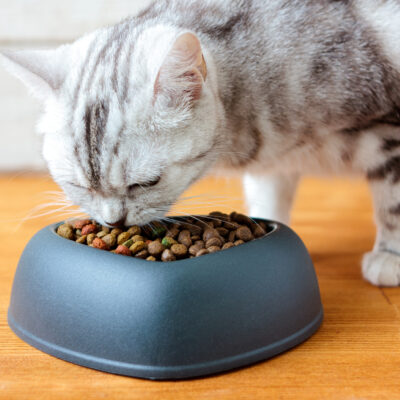
Pets
Flea and Tick Protection for Dogs
Flea and tick season is just around the corner with summer coming on, and you need to make sure that your dog is well protected. Finding a flea or tick is not easy all the time, and many people do not know that their dog can also be affected by ticks and fleas indoors. Even if the dog does not go outside much, he or she needs to have preventative care year-round. Pest prevention for dogs comes in a few different forms. You do not want to wait until you are finding a flea or tick on your dog before applying for protection: 1. Simparica Simparica flea tick control is a once a month pill that protects your dog from ticks and fleas. It is easy to give to dogs because it is a tasty tablet. It works for a full 35 days and kills ticks and fleas before they can lay eggs. This flea tick medication for dogs is a chewable tablet that kills adult fleas and prevents the infestation of ticks and fleas. Simparica flea tick control protects your dog against fleas, black-legged ticks, American Dog ticks, Gulf Coast ticks and brown dog ticks for dogs 6months of age and older.
Read More 









